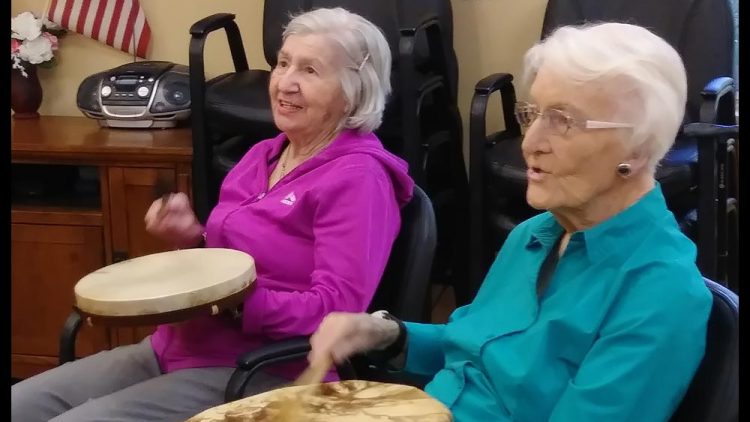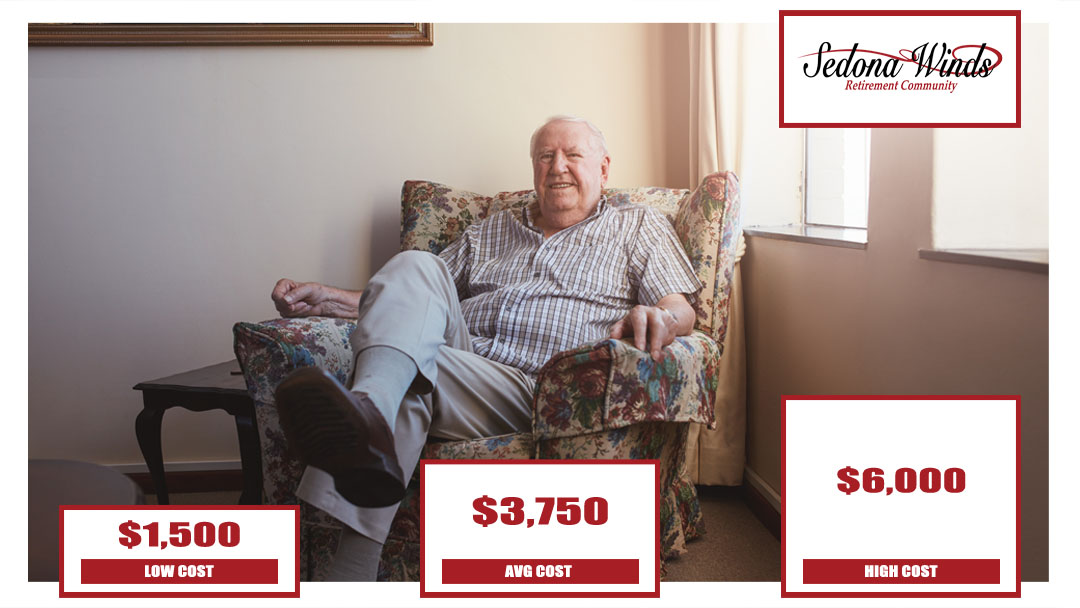2026 Independent Living Costs
Independent living communities are still a popular choice for those who seek freedom, convenience, and an active lifestyle without the obligations of owning a home. This is especially true as more adults think about retirement. Knowing how much independent living will cost in 2026 will help people and families plan with confidence and find a community that suits their budget and lifestyle goals. Read on to learn more.
Costs of Independent Living in 2026
Costs for independent living in 2026 will be between $2,000 and $4,000 a month. Some high-demand places or luxury communities may cost more than this range, while smaller communities or less urban areas may be cheaper.
What Factors Affect Pricing
There are a number of things that affect the cost of living on your own:
- Location: Communities in big cities or tourist destinations usually cost more than those in the suburbs or smaller marketplaces.
- Apartment Style: Monthly costs may go more if the floor plans are bigger, the finishes are better, or there is a private outdoor space.
- Included Services: Communities that include meals, cleaning, or transportation in one monthly charge may seem more expensive at first, but they make it easier to plan for costs.
Amenities like fitness facilities, pools, social programs, and on-site conveniences can all affect the price.
Knowing which features are most important to you will help you narrow down your options and avoid paying for services you don’t need.
Planning for Independent Living Expenses
People usually pay for independent living using their own savings, retirement income, pensions, or Social Security. You need to prepare ahead because Medicare doesn’t pay for the expenditures of living on your own. Making a realistic monthly budget and talking to a financial counselor will help you stay comfortable and stable in the long run.
Discover Independent Living with Confidence
We at Sedona Winds think that living on your own should be empowering, not scary. Our communities are built to let people live active, fulfilling lives without having to worry about keeping up with home repairs and maintenance. We’re here to help if you’re thinking of living on your own in 2026.
Call Sedona Winds today to find out more about prices, set up a tour, or talk to a trained advisor who can help you select the appropriate community for your next chapter.
Sedona Winds Retirement Offers Independent Living In Sedona
Sedona Winds Retirement Community offers independent living, memory care, and assisted living in Sedona, Arizona. Call us today at (928) 496-6547 and learn more about our facility and what we have to offer today’s seniors.
More Articles About Assisted Living
- Funny Christmas Quotes For Seniors
- Best Things To Do In Sedona For Seniors
- Tips On How To Save For Retirement Without A 401k
- Physical Games For Seniors
- Retiring in Arizona Pros and Cons
- Best Places To Retire In Arizona 2020 | Retirement Communities
- Benefits of Independent Living
- Inspirational Retirement Quotes
- What Is Dementia?
- Memory Care Checklist: What To Ask & Look For
- What is Memory Care? | Questions to ask the Facility
- Senior Living Sedona
- Moving A Parent With Dementia into Assisted Living
- Common Senior Health Issues
- Benefits Of Assisted Living
- How Much Does Assisted Living Cost In Sedona Arizona?
- Assisted Living Checklist: What To Ask & What To Look For
- Biggest Reasons To Retire In Arizona
- Assisted Living Camp Verde
- Find Memory Care Facilities In Arizona
- Things to Do in Sedona for Retirees
- Quotes & Sayings For Retirement Cards – 110 Quotes – Continued
- Why Retire In Sedona Arizona?
- Why Do People Retire? Answered




